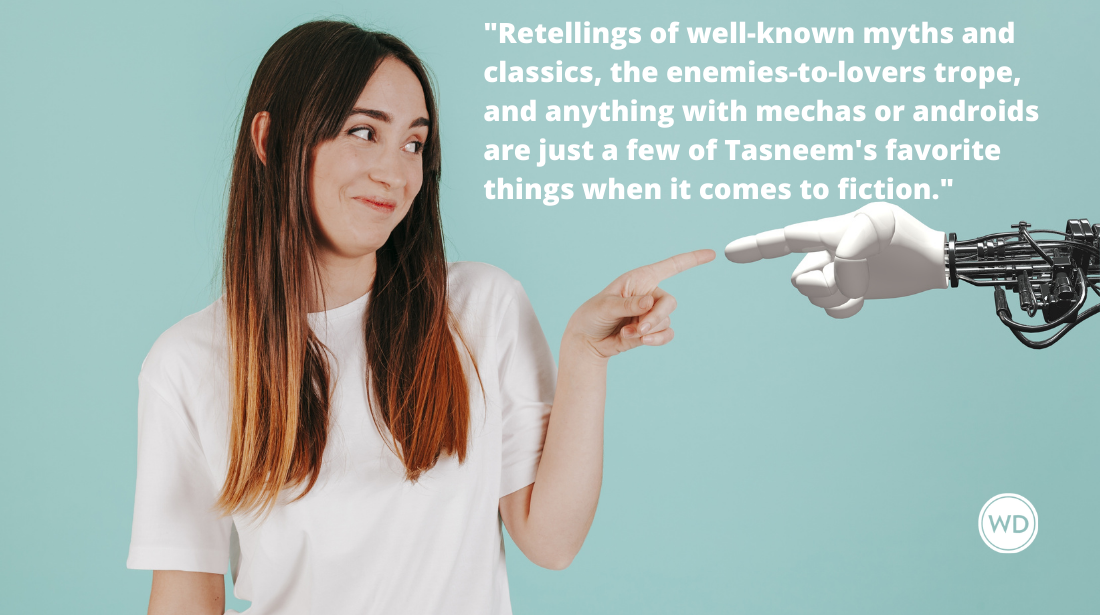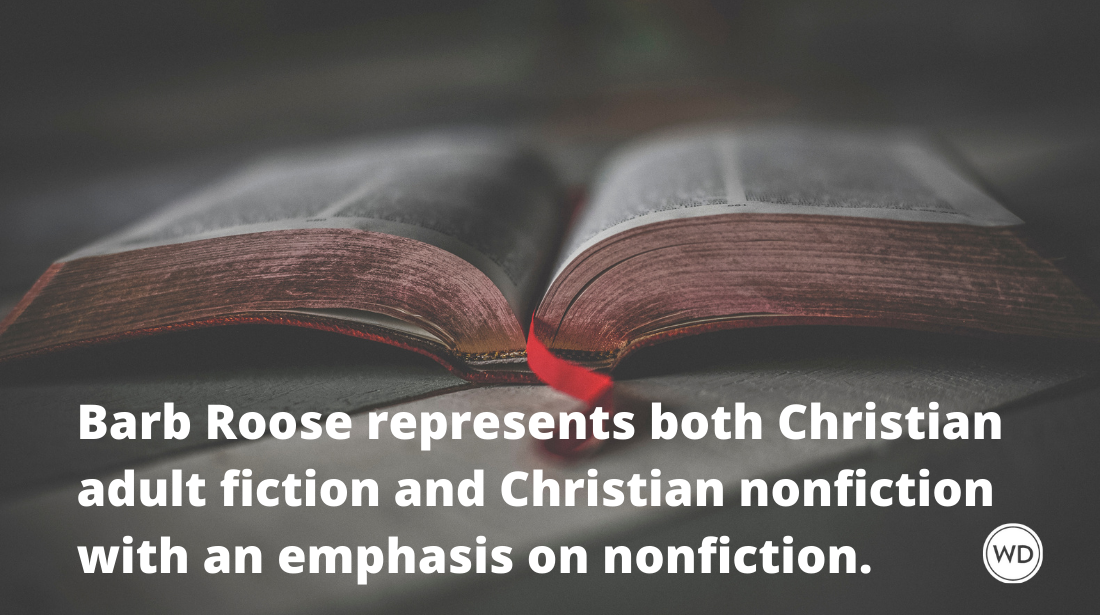Agent Scott Eagan On: Romance vs. Women’s Fiction
Literary agent Scott Eagan explains how romance writing differs from upmarket/women’s fiction. Scott is a literary agent who represents both categories.
When I first opened Greyhaus Literary Agency in 2003, I decided to focus simply on romance and women’s fiction. Since that time, I honestly don’t know how many times I have been asked, “What is the difference between romance and women’s fiction?” It seems that, in my humble opinion, the line has really been blurred between these two genres. There is fiction with romantic elements. There is literary fiction told from a female perspective … the list goes on and on. Considering Greyhaus focuses exclusively on romance and women’s fiction, I felt it was necessary to really define the two genres and make it clear to both myself, as I looked at new proposals, and to the readers that submit to me.
I do have to say, however, that I have received a lot of criticism from writers that claim you really can’t categorize writing. Often, I am electronically screamed at by writers who claim writing can’t be categorized like this. I laugh at this comment. My undergraduate work was in literature, and anyone who remembers anything from any literature class they took will remember that we do indeed divide writing into stylistic differences. There is a huge difference between the writings of Coleridge and Wordsworth and the writings of Locke and Jefferson. One is from the romantic period and one is from the Age of Reason. In both cases, the writing met certain criteria, other than simply being written during a time period. There are stylistic elements.
For those of you that might not be on board with literature, let’s try music? Baroque, Classical, Romantic? Get the idea. I could go on and on with this, but I think you understand where I am coming from. Writing is going to do the same thing.
Let's Begin With Romance
At Greyhaus, I really like to stick to a traditional definition of the romance genre. In this genre, the writing will have two key traditional elements.
- The relationship is the central plot arc of the story.
- There is a happily-ever-after.
In romance, a writer needs to see the growing relationship of the hero and the heroine. There may be other elements going on in the story but the romance is still the central focus of the story. We want to see the two characters come together through whatever adventures they may be dealing with. Romance, of course, can be written in a variety of sub-genres (paranormal, historical, suspense and mystery) but the relationship has to be the central focus of the story. This is easy to spot. If you tell someone what your story is about, and the focus is only on the characters and their growing attraction toward one another, then you are likely in that romance. Please understand that if your story doesn’t revolve around that, it does not necessarily mean that you have women’s fiction. We will get to that later. This genre also has a second element. There is a happily-ever-after. And yes, the same rule applies here as did with the prior point. If a story doesn’t have that happily-ever-after, it does not mean it's suddenly women’s fiction.
Remember that the goal of romance is to show a growing and developing relationship. We want that “fantasy” world. While the real world may have pain and hardship, we want to escape to that “better” world every now and then. We can have tears, anger, and pain along the way, but the readers want to know, that when they close the book in the end, we know the characters are going on with their lives, happy and content.
I do get a lot of writers that say their story is really set during a romantic period, or they have added a romance to the story, but I think you can see that doesn’t quite meet the genre. Yes, it is a fine line, but there is still a line.
But What About Women's Fiction?
In women's fiction, is there no happily-ever-after? Does this mean there is no romance? No. Women’s fiction is about something much more. I have always tried to define this genre as a story that shows the female journey. The goal and the intent of this genre is to be able to relate to the character and understand her own life. We want to know what it is to be a woman. Like romance, this can occur in any time period, but the goal is still the same—to understand the female psyche. The story can be multicultural, like Amy Tan, or historical, like Philippa Gregory. It really doesn’t matter other than making the heroine the central focus of the story. It may be contemporary. One of my favorite stories that I believe fits this the best is A Summer All Her Own by Rosanne Keller.
I often think about these stories as the type women will sit around and talk about. The stories that allow women to say, “Hey, I’ve gone through that.” Readers are learning they are not alone, and hopefully, through that story, they can learn new ways to cope with struggles that seep to be daunting at the present time.
For those of you submitting to Greyhaus, you can now see where I am coming from when dealing with submissions. I'm accepting queries again, so check my website for exact submission guidelines.
Chuck Sambuchino is a former editor with the Writer's Digest writing community and author of several books, including How to Survive a Garden Gnome Attack and Create Your Writer Platform.






